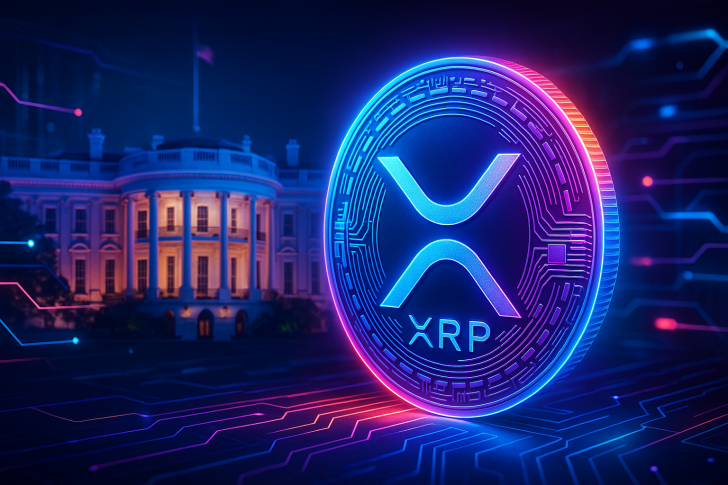⬤ At Ripple Swell 2025, White House representative Patrick Witt made waves by suggesting blockchain-based financial platforms could reach market caps in the tens of trillions. His remarks have fueled speculation about which protocols might capture these massive capital flows, with XRP emerging as a focal point in the conversation.
⬤ Witt's core argument is straightforward: as traditional finance modernizes, institutional-grade blockchain infrastructure could absorb enormous amounts of global capital. He pointed to platforms that integrate with existing finance and drive real efficiency gains. The catch? Only a handful of networks may become dominant settlement layers, creating intense competition for liquidity, developers, and institutional partnerships.
⬤ Ripple isn't just positioning itself for this future—it's actively building it. The company has acquired GTreasury, Hidden Road, Rail Payments Platform, Standard Custody & Trust, Palisade, and Metaco, integrating each into the XRP Ledger's settlement infrastructure. CEO Brad Garlinghouse was blunt about the strategy: "XRP sits at the center of everything Ripple does." If institutional settlement scales as projected, XRPL could become critical financial infrastructure.
⬤ Critics have long argued XRP's large supply limits price appreciation. But supporters see a different picture emerging: stablecoins, tokenized bonds, FX flows, credit markets, and corporate treasury operations all running through XRPL. If daily volumes hit trillions, factors like transaction burns, long-term institutional holdings, and concentrated liquidity could create supply pressure. The question shifts from "can XRP reach X price?" to "how do you value an asset at the core of a multi-trillion-dollar settlement network?"
 Saad Ullah
Saad Ullah

 Saad Ullah
Saad Ullah


